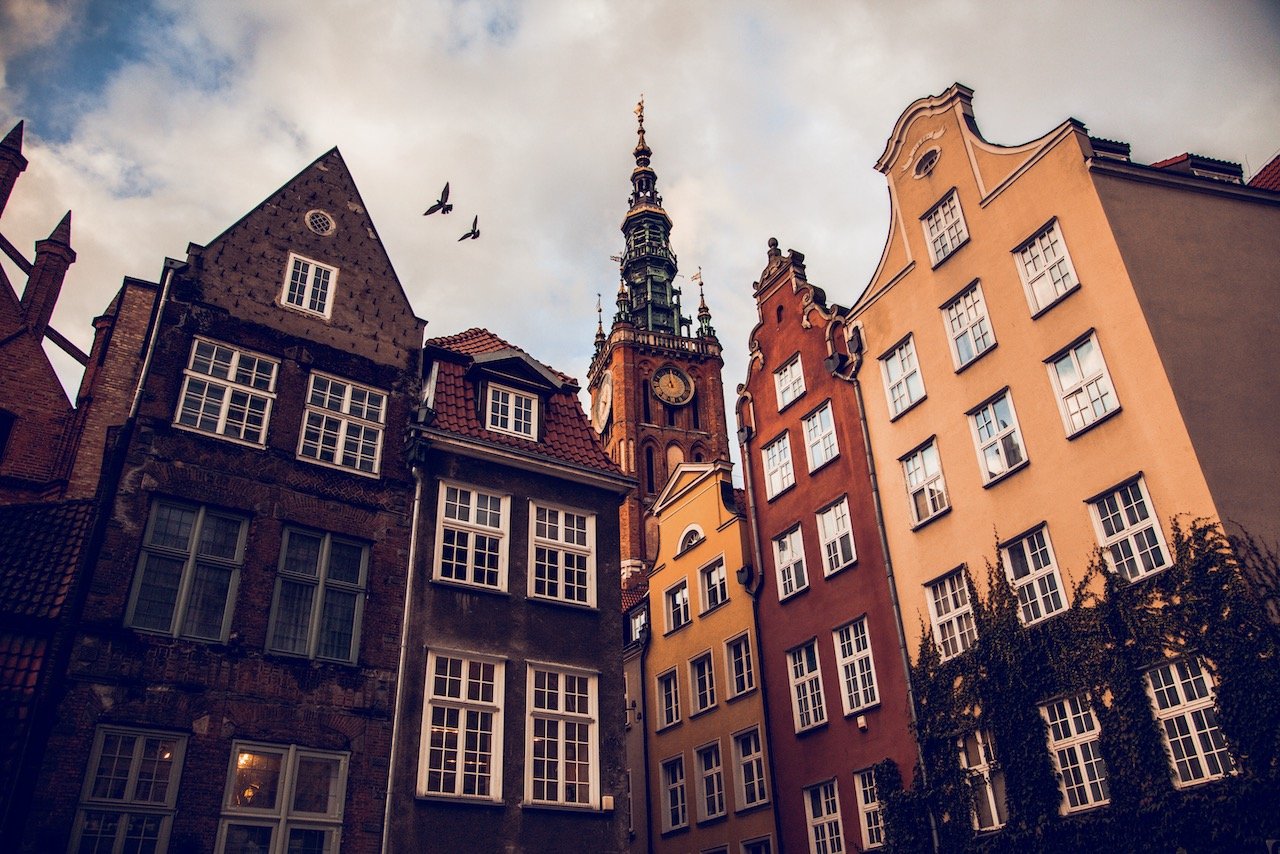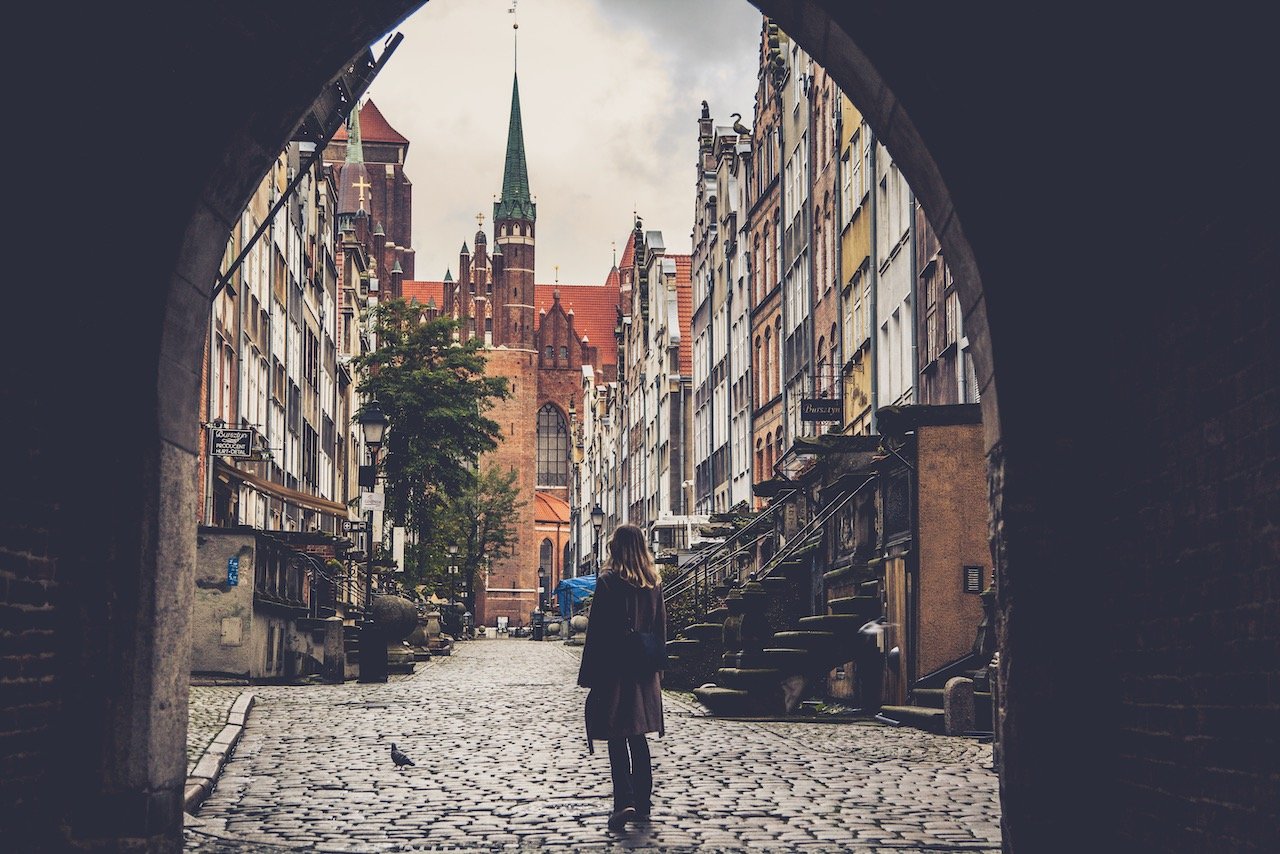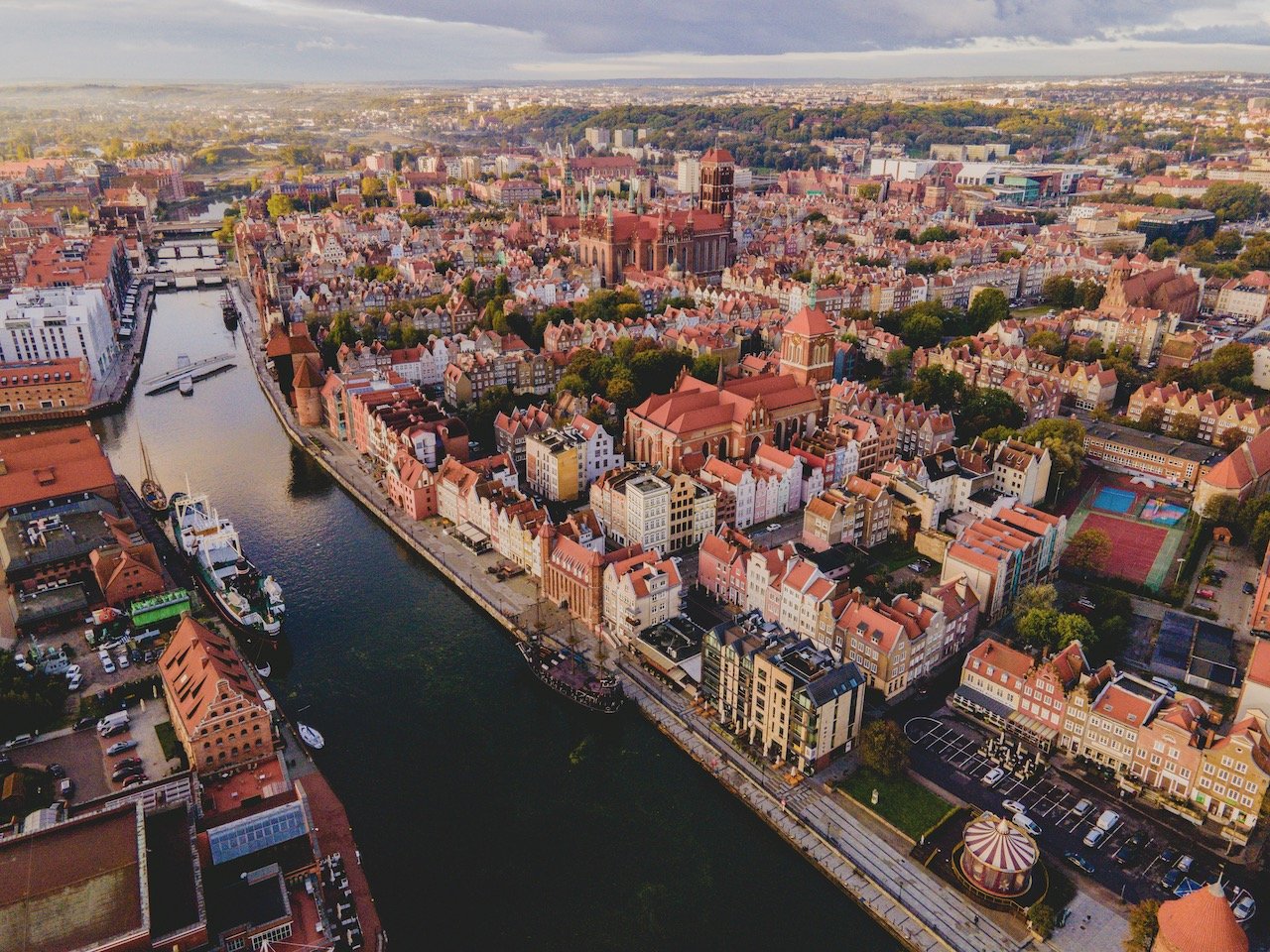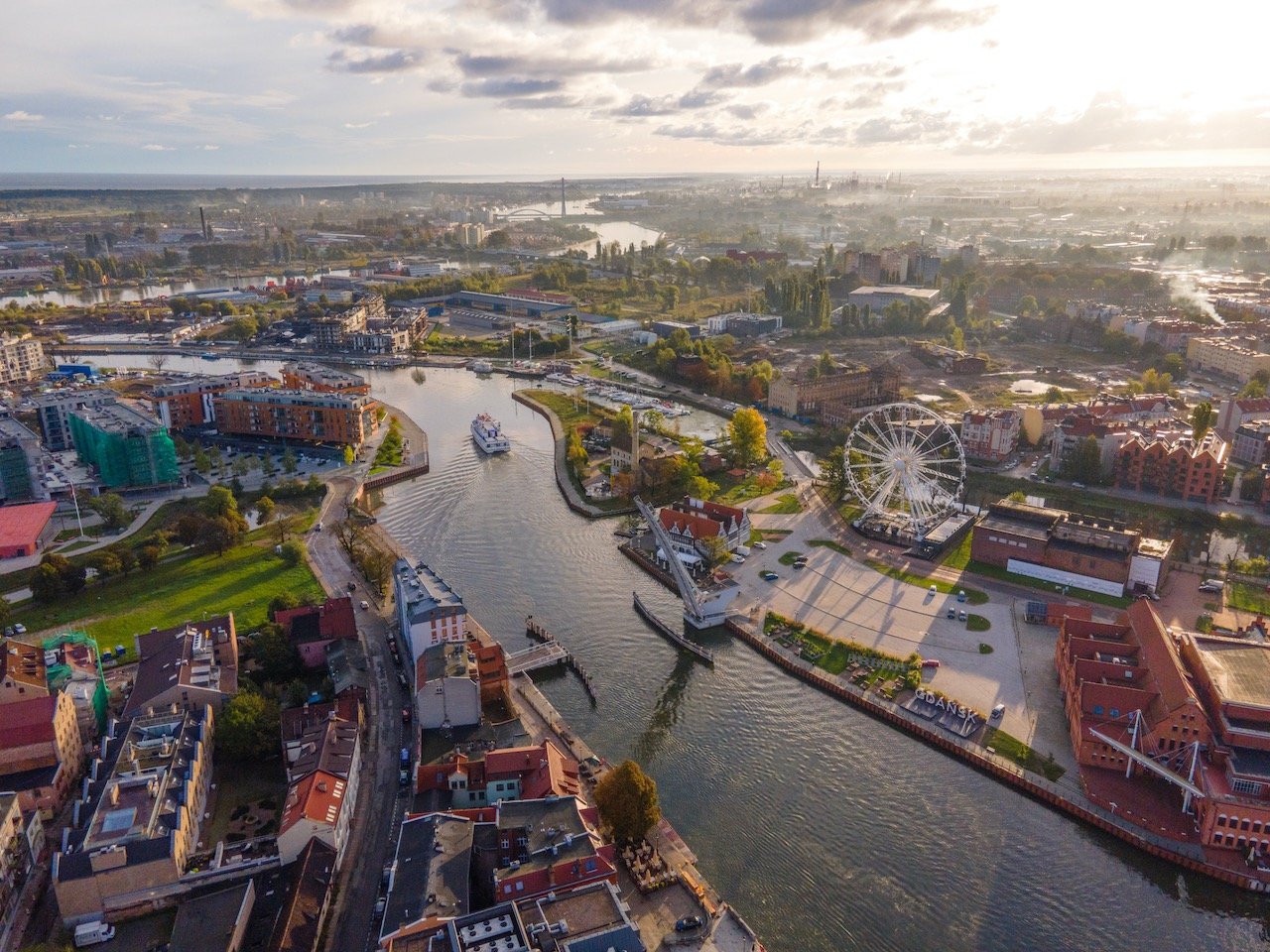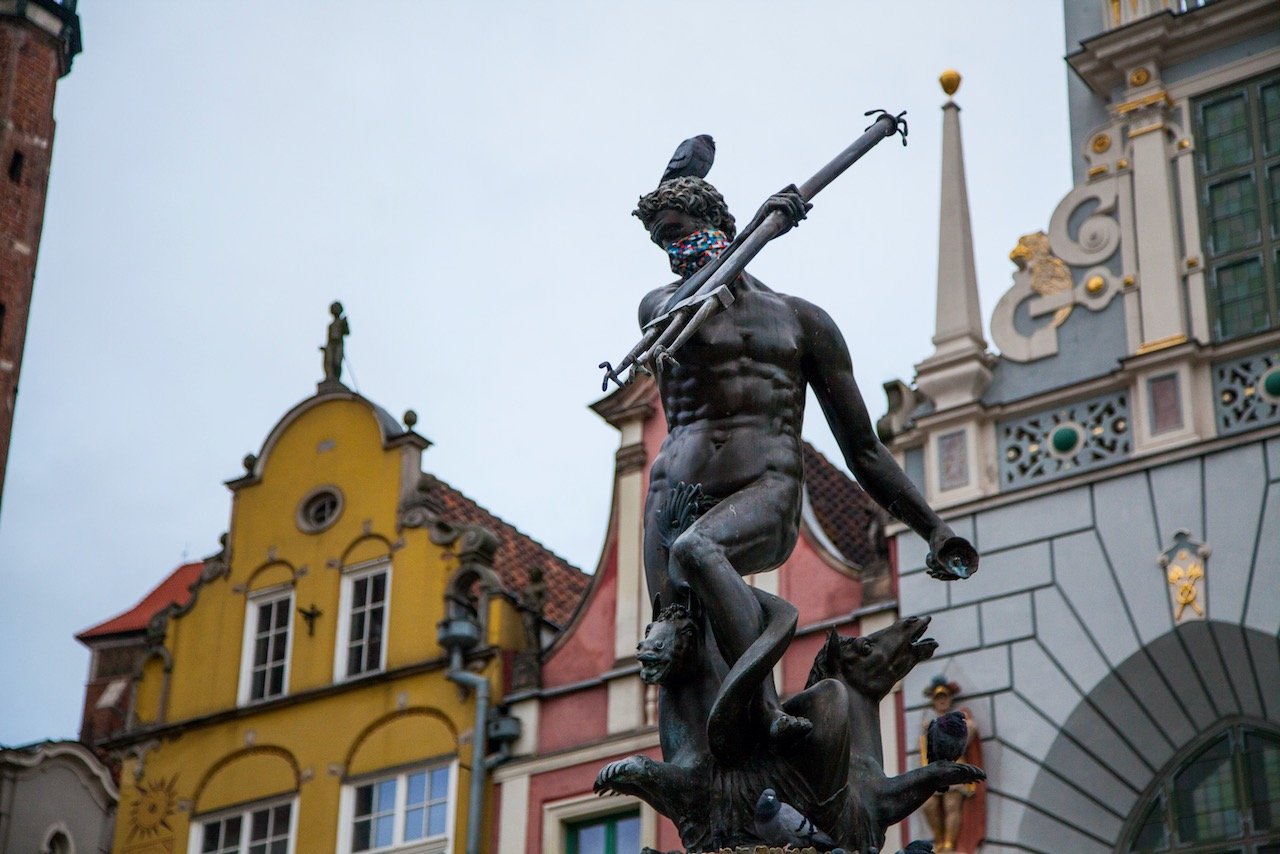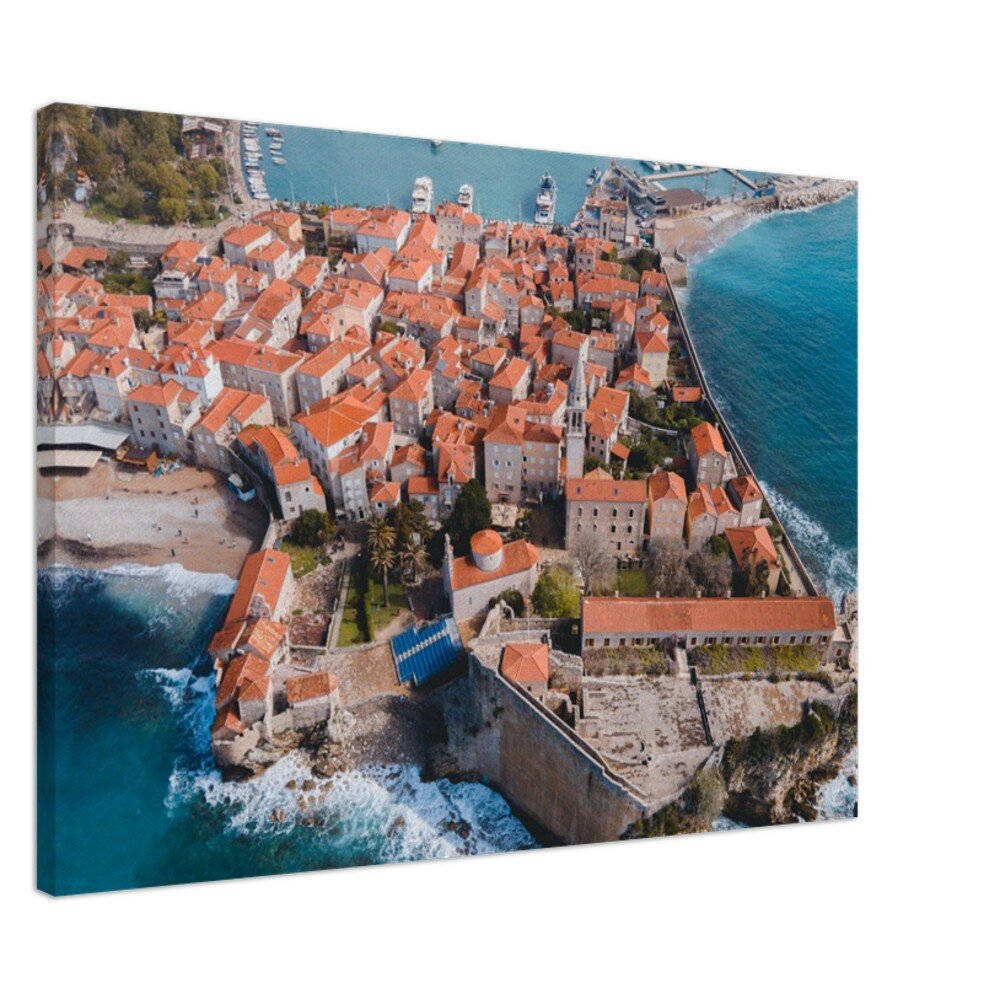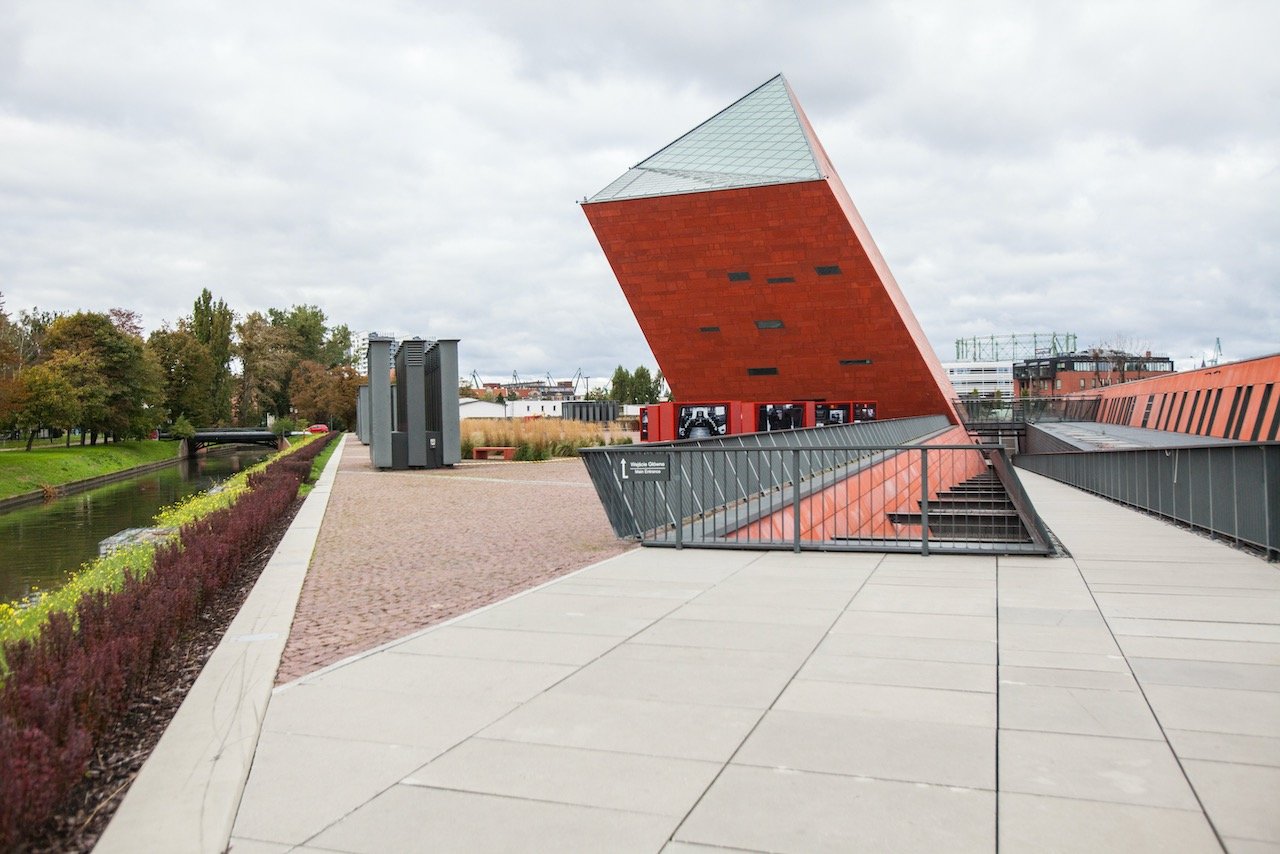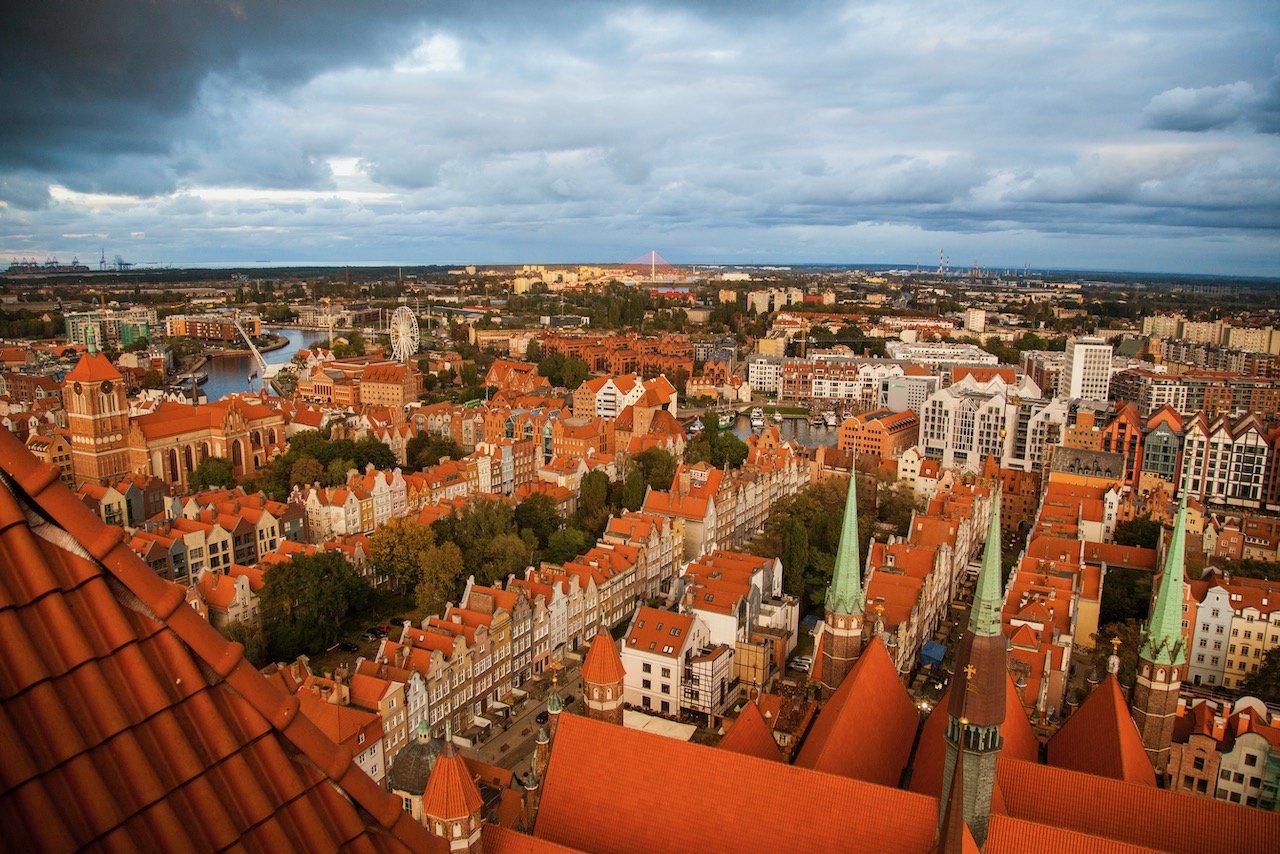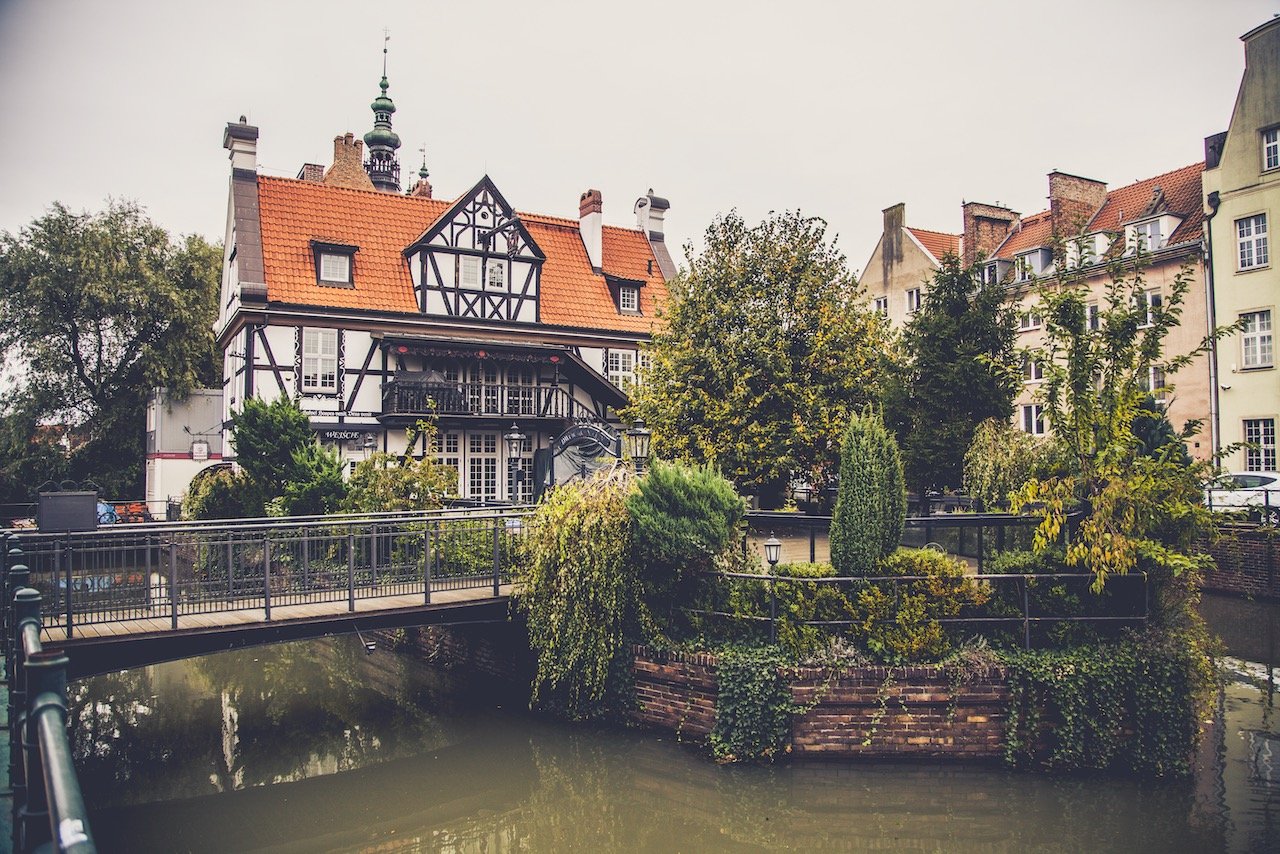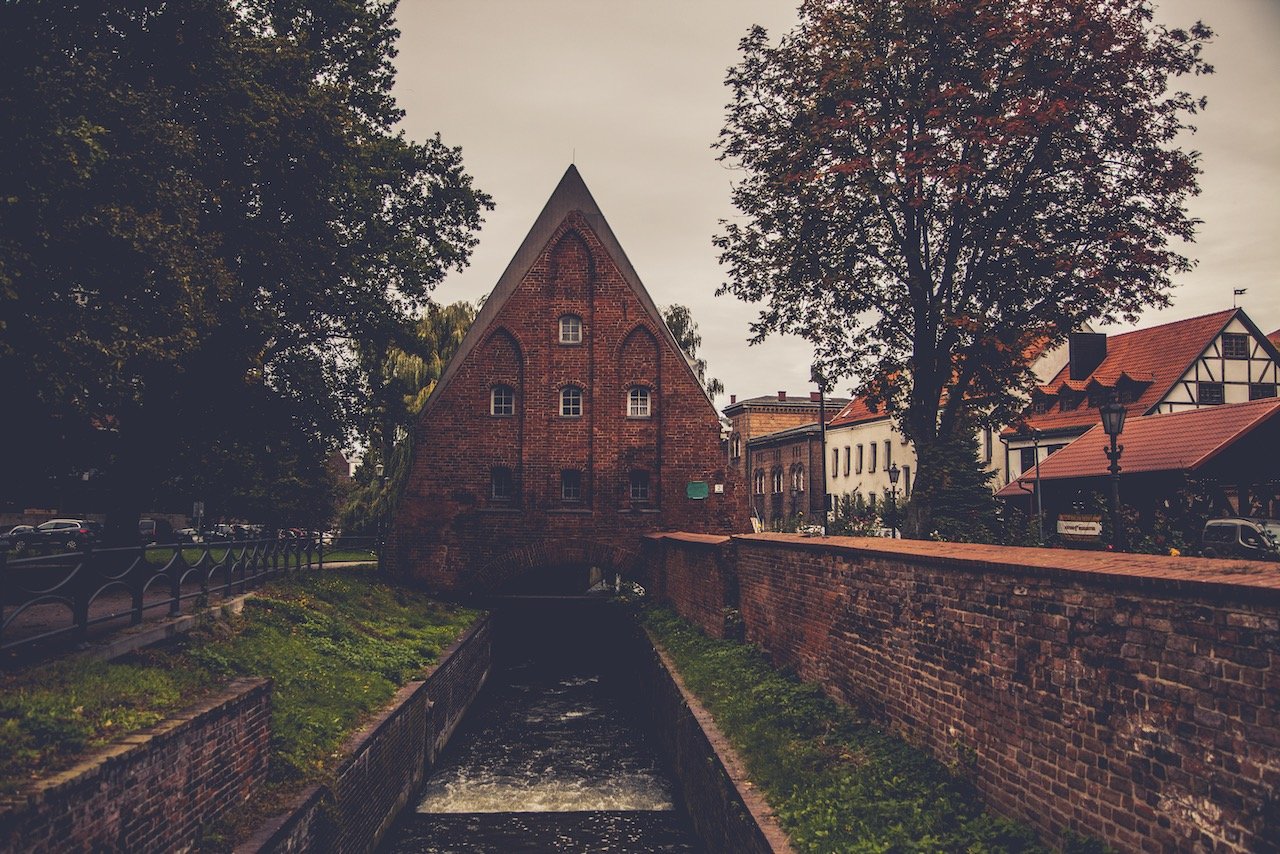Gdansk is Gorgeous: Why you should see this Polish town
(Some links in this post are affiliate links. If you click through and take action, I'll be compensated.) If you are also interested in any PRINTS from any of my posts, be sure to check out my store where you can buy prints as posters, in metal/wooden frames or on canvas.
The first time I went to Poland was to visit the city of Krakow and after how much I enjoyed that city, I told myself that I needed to visit more cities in this country (see my blog post on Kraków, Poland here). The city of Gdansk isn’t very popular, but it is extremely underrated. It has an interesting history, such as it was also called ‘Danzig’ since Germany also had a role in ruling over the city pre-WWII, and was where the Germans first invaded at the start of WWII.
Gdansk is usually included in the same conversation as the nearby cities of Sopot and Gdynia, the three forming the so called Tri-City Metropolitan Area. A weekend trip to see Gdansk is usually plenty of time due to its smaller size, however any trip including the others will usually require half a week or longer (in order to fully appreciate the surroundings).
What perhaps stands out the most is the exceptional architecture in the Gdansk city center. Each buildings bears the same overall shape and similarities, though their colors range from light/dark neutral tones to pastel shades of purple and pink. Furthermore, even the more modern buildings in the area (in the form of new restaurants and hotels) will still have the same architectural features, with a present-day touch, thereby preserving the architectural identity of the city.
Check out my drone video below on Gdansk, Poland!
I set out to see this city (as well as Sopot) over a fall weekend break and it continues to be one of the best trips I have ever had. I’ll explain more below with some of the sights I saw and some details that may make your stay quite memorable like mine. You can find a Google map of the places I will discuss at the end of this post.
Upon arriving in this city, you can’t go wrong with just heading towards the Motlawa river where many of the older buildings and boats congregate around the canal. Here you will see old rustic buildings as far as the eye can see. You can walk towards the river from the main street, called Dluga Targ. This street is home to many of the coffee shops and restaurants that you come to find with cities like these.
Also on this street is Neptune’s Fountain, cast in bronze centuries ago (in 1615). It has been modified over the years depending on what political movements were prevalent at the time.
If you like some of my photos that you have come across, just know that I have many prints showcasing a variety of cityscapes, including Gdansk, available for purchase below! (Sold as Posters, Canvas, or in Metal-Frames and Wooden-Frames).
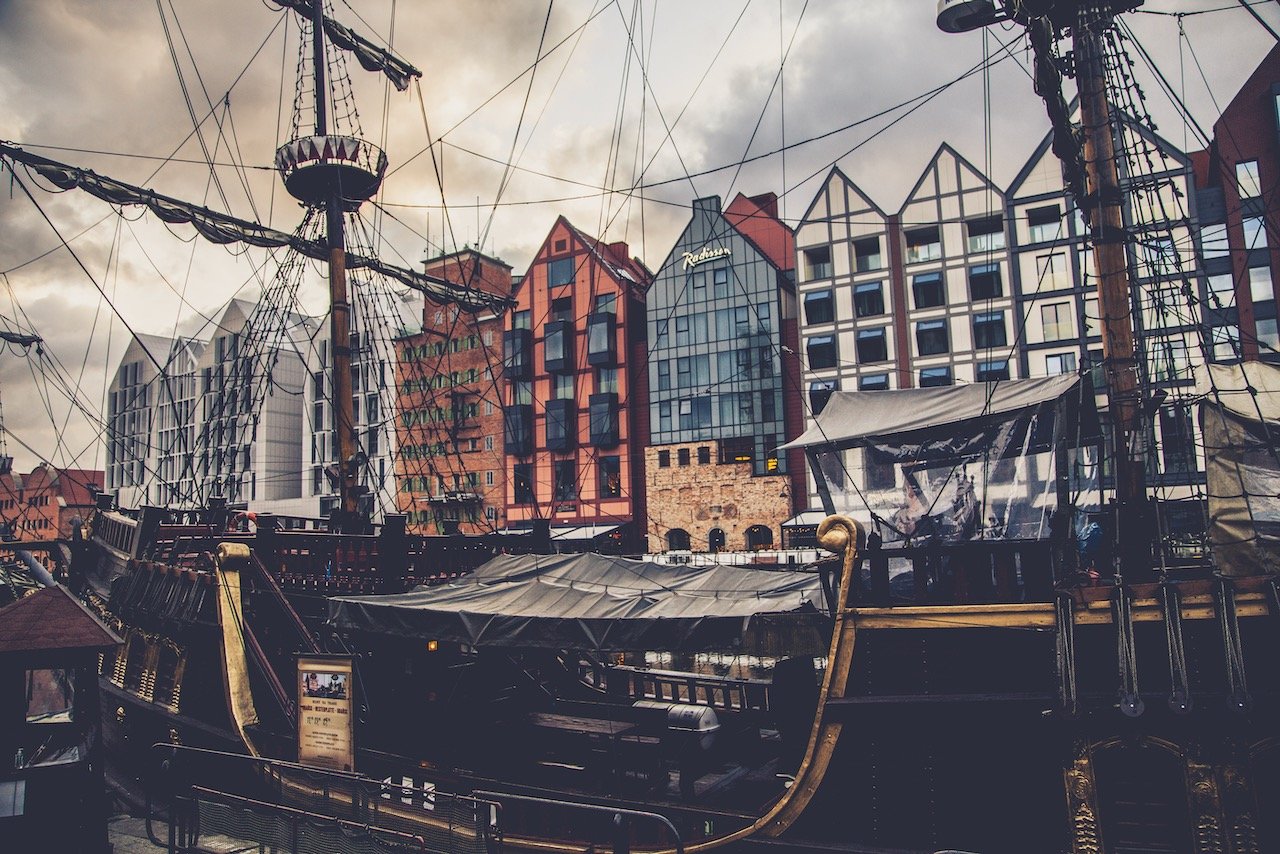
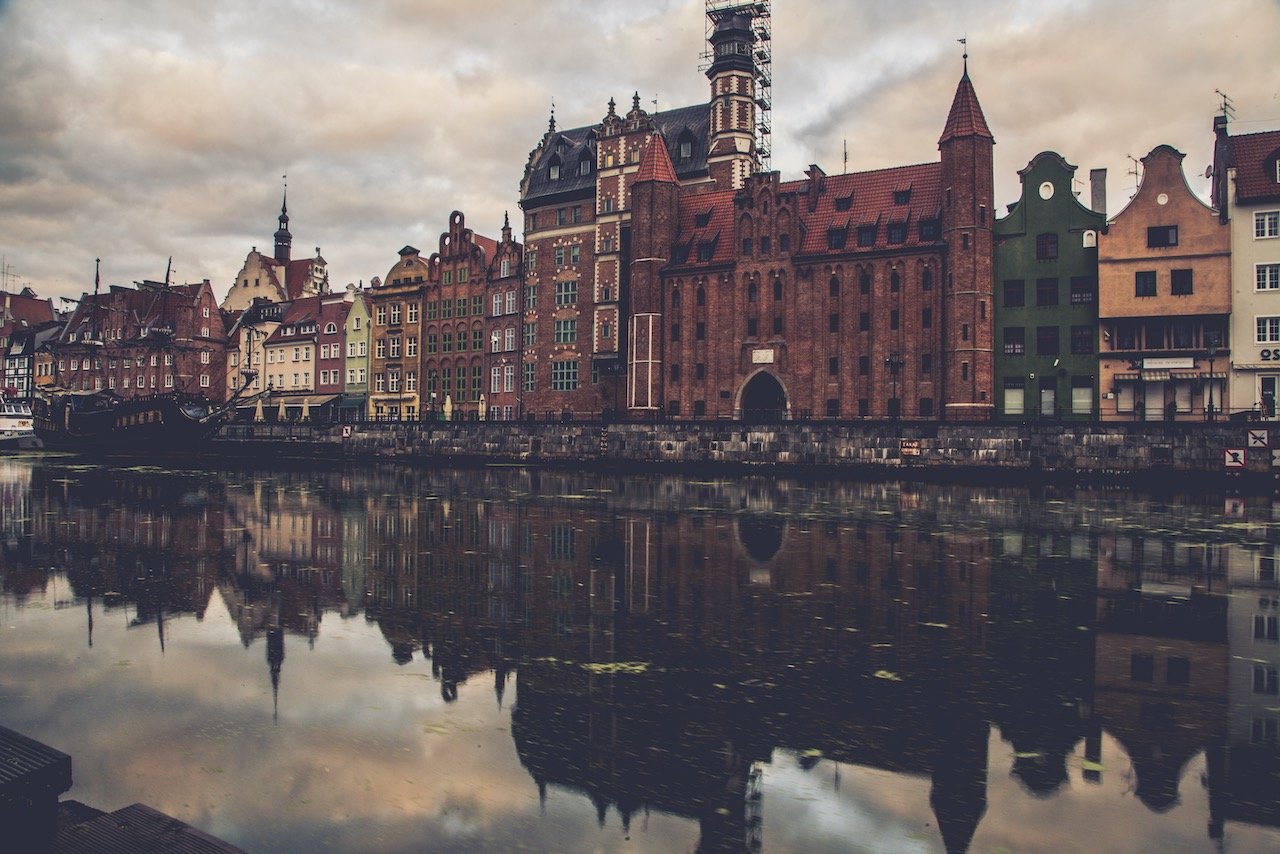
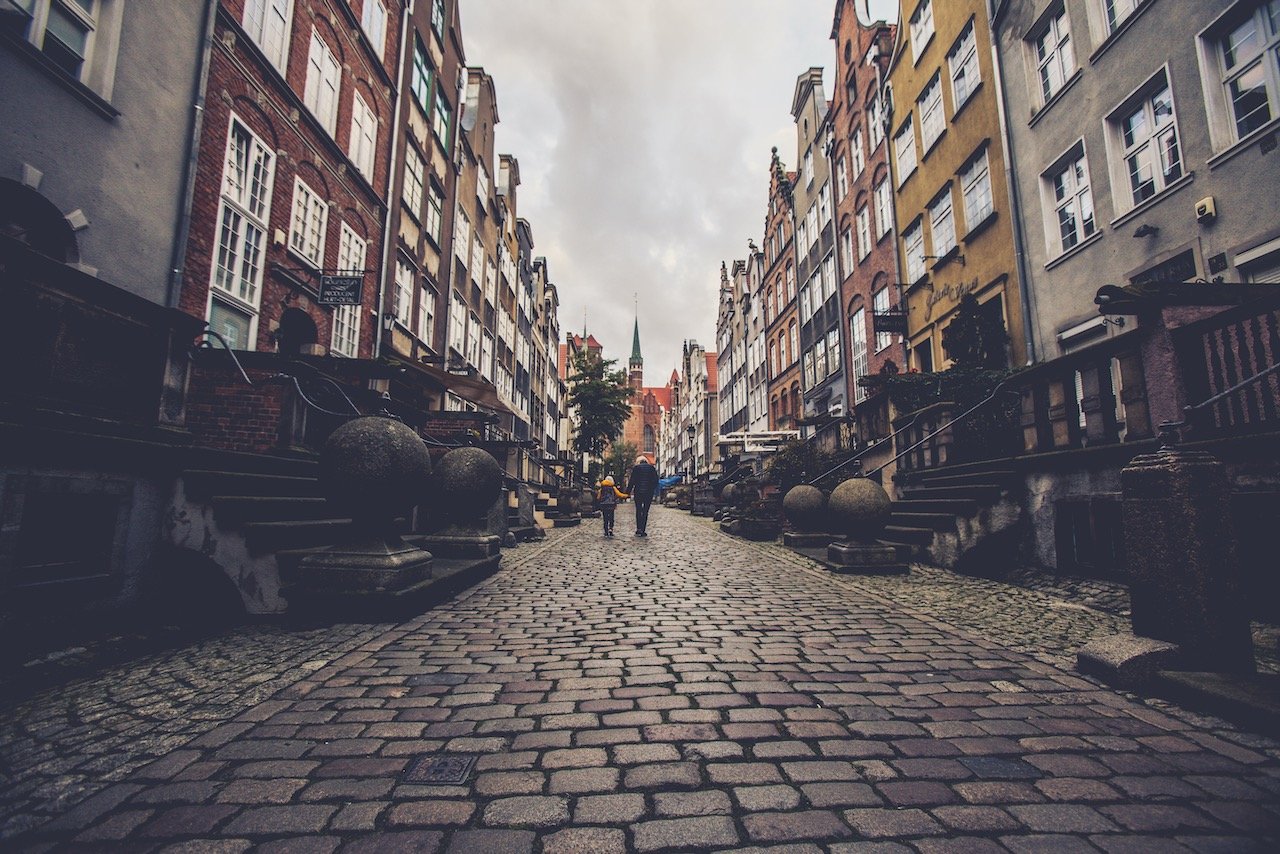
As an American, history is taught to us in a very different context with regards to World Wars (among other topics). I find it fascinating to learn more about mainland Europe’s experiences during these times. I was told by a Polish colleague to not miss the World War II Museum in Gdansk and I am glad I went. The museum itself is full of exhibits that start from post-WWI era through the Cold War.
